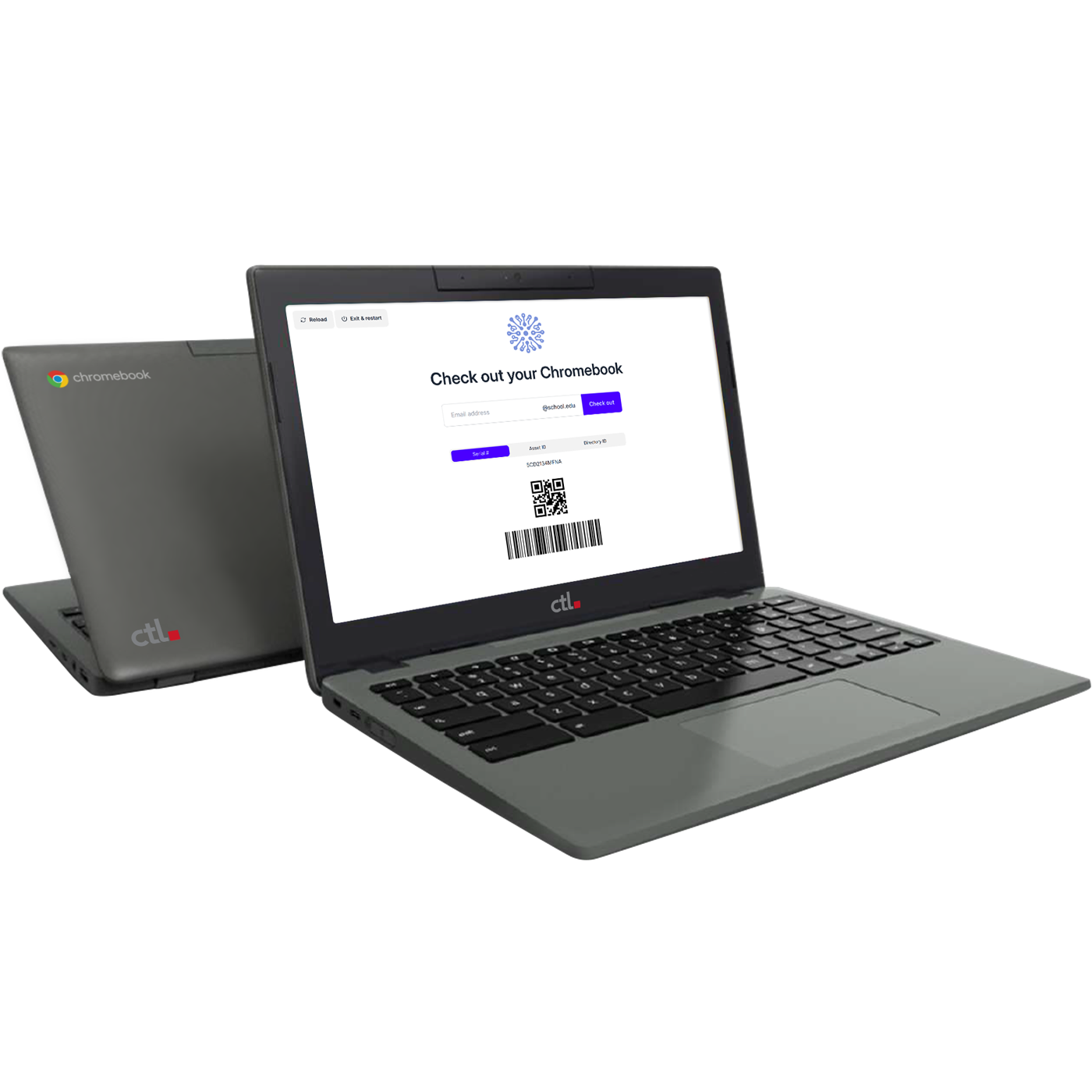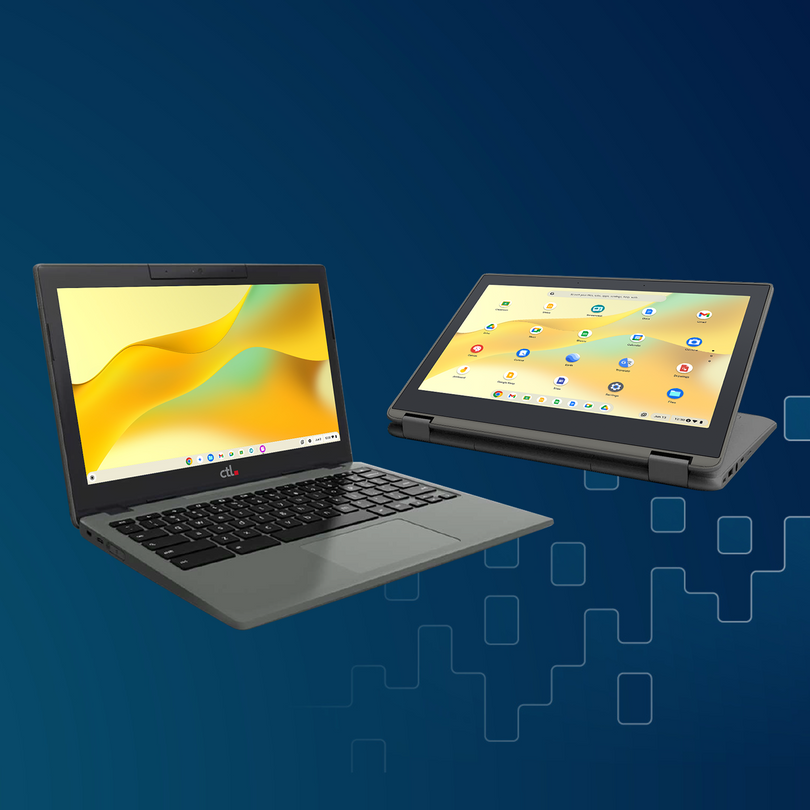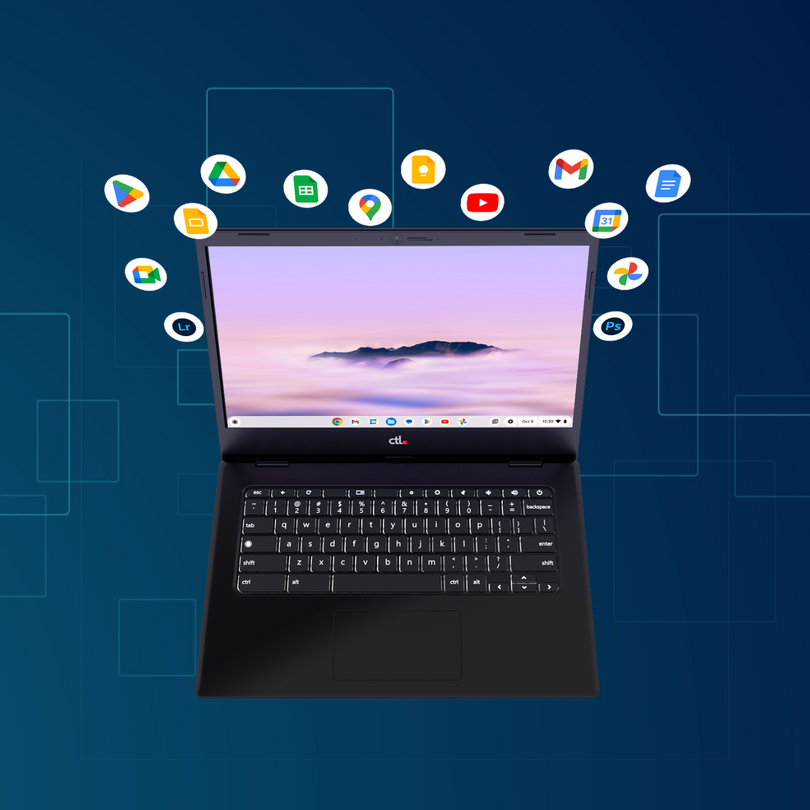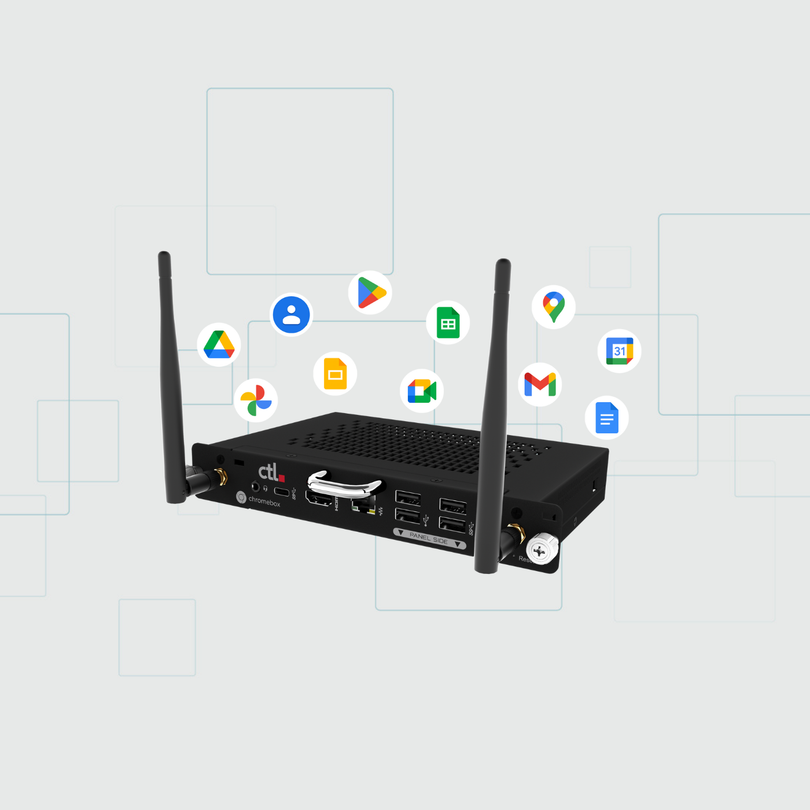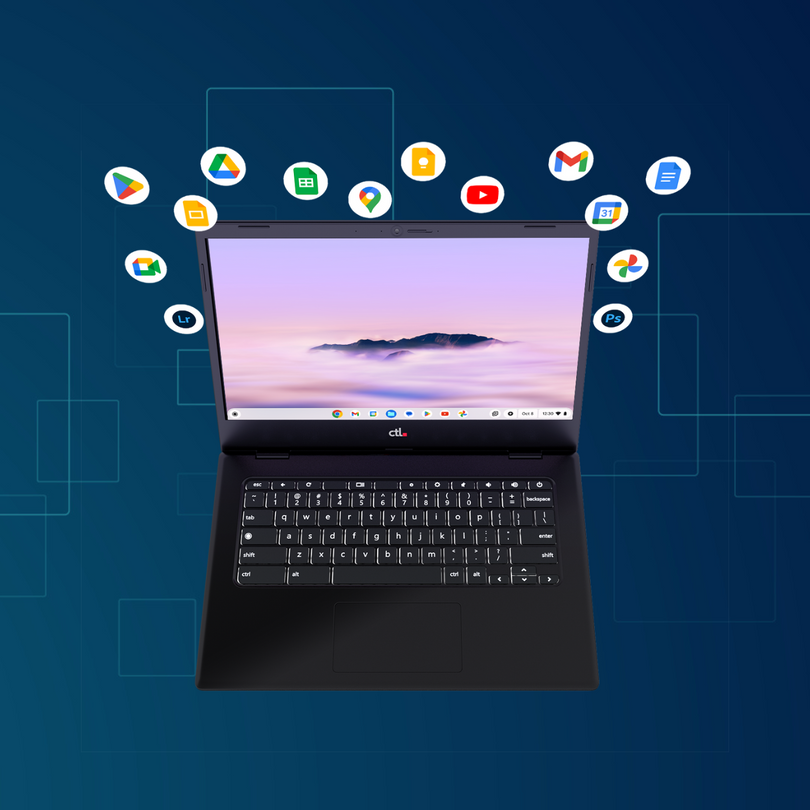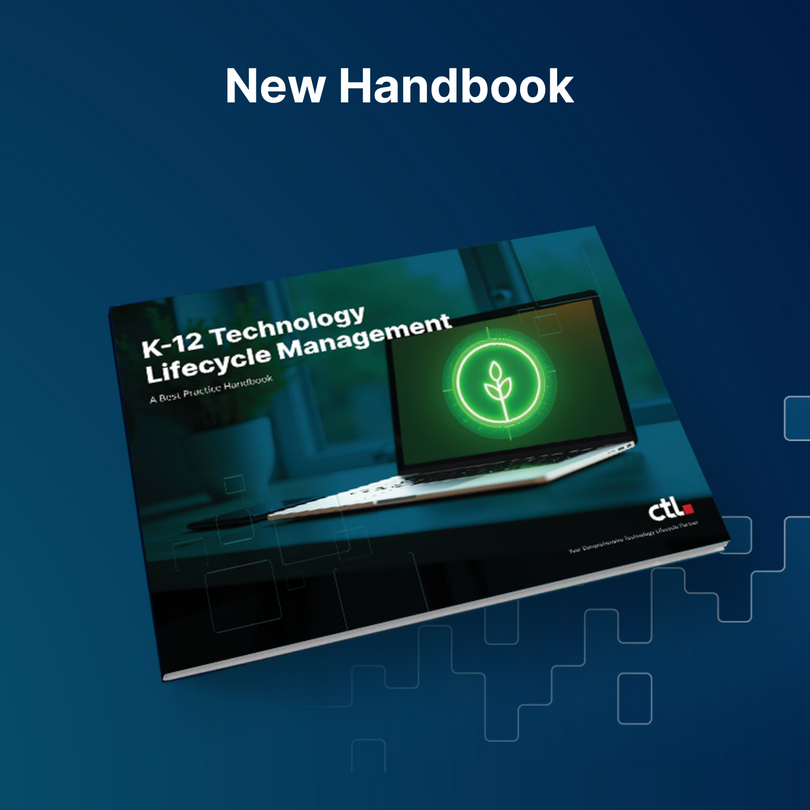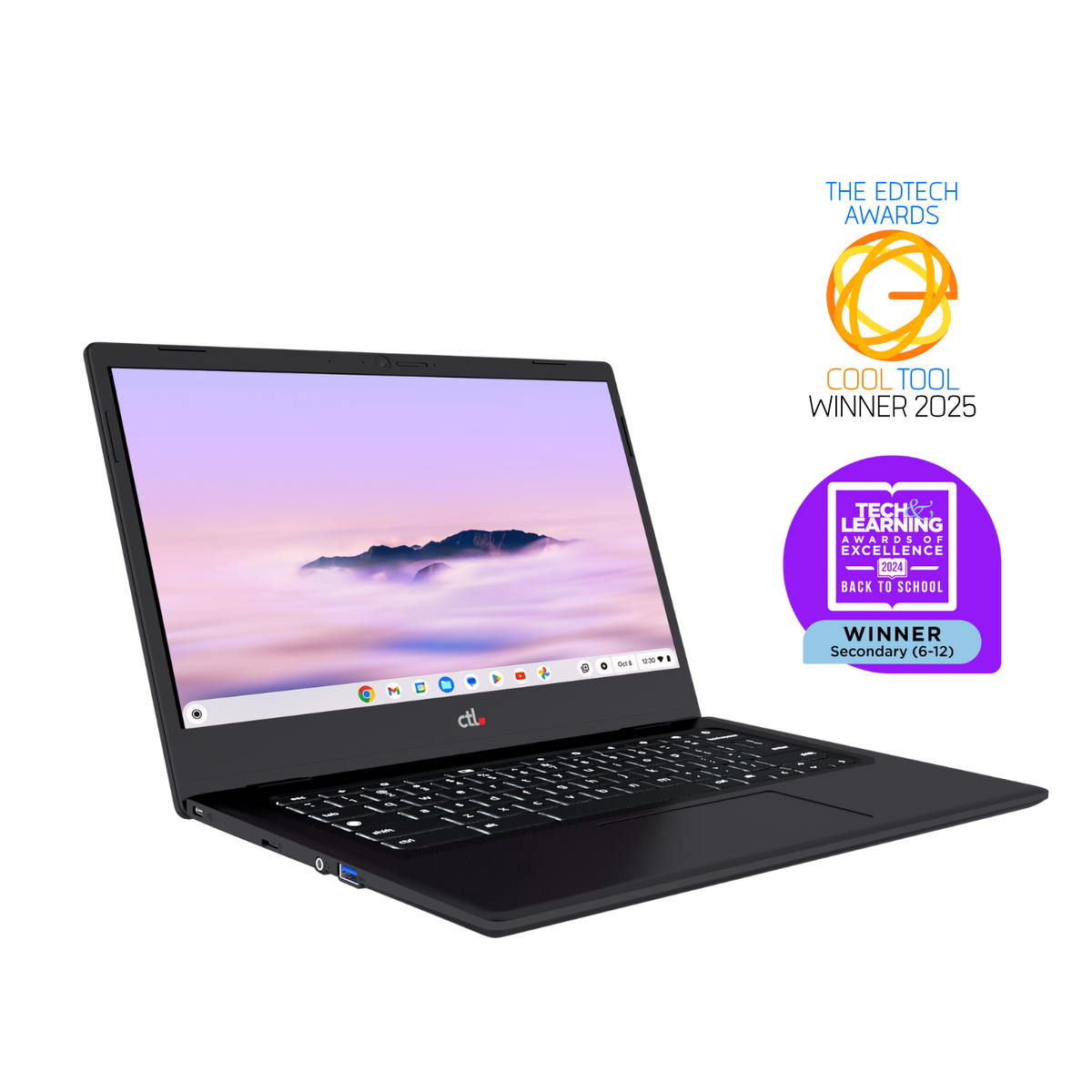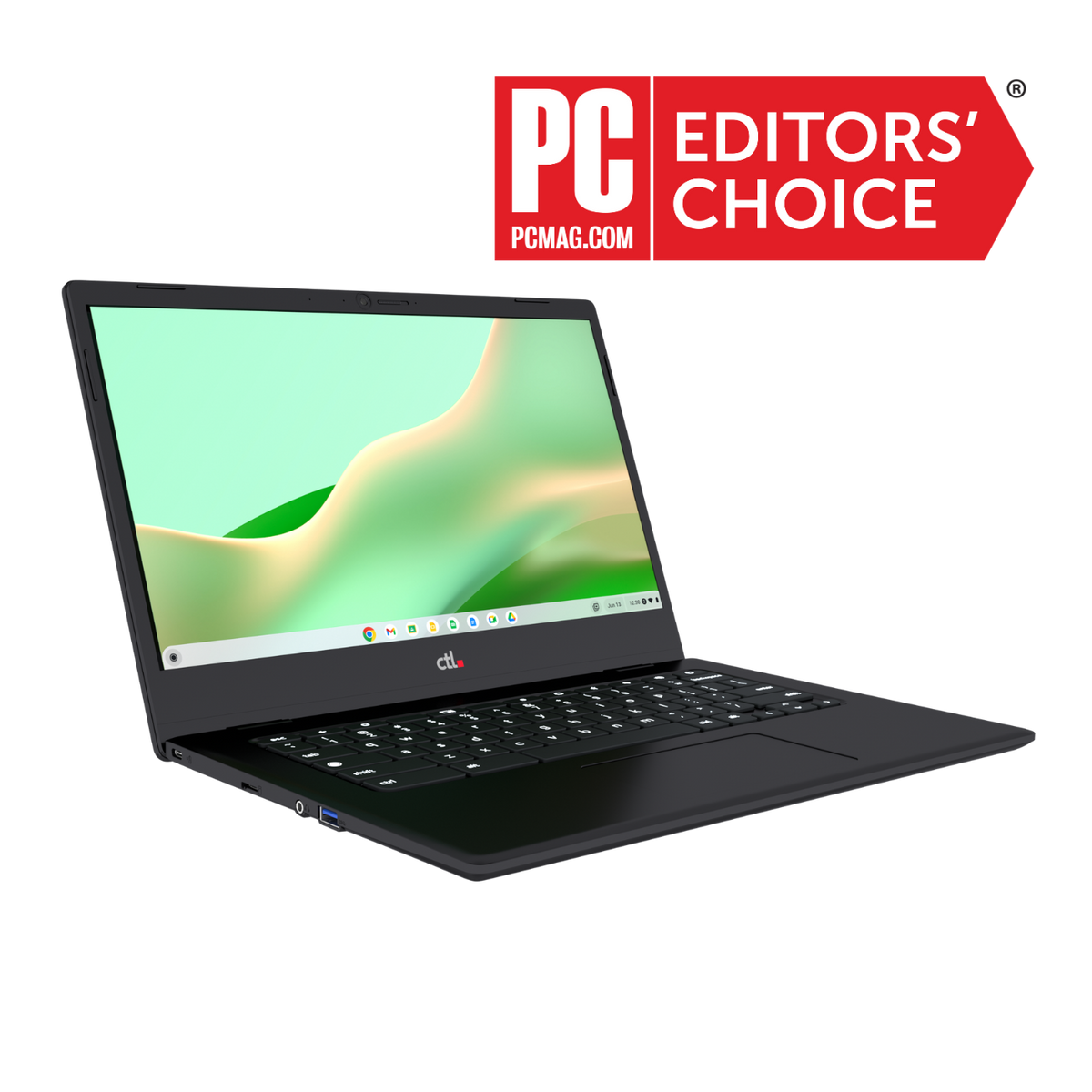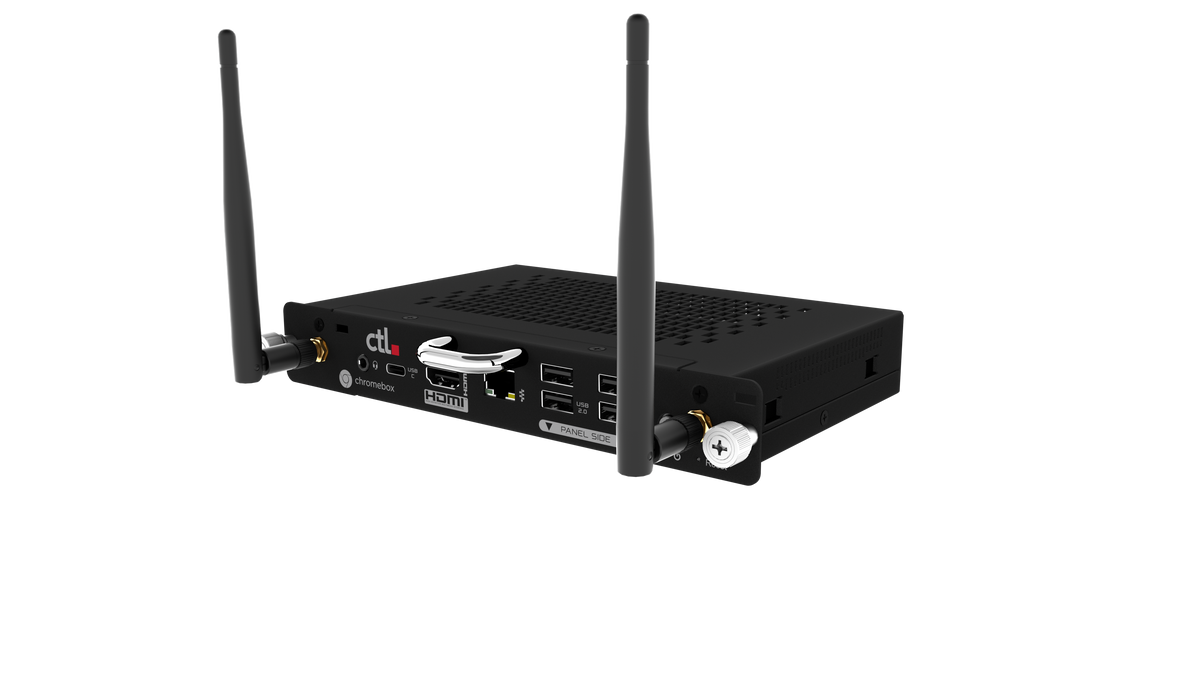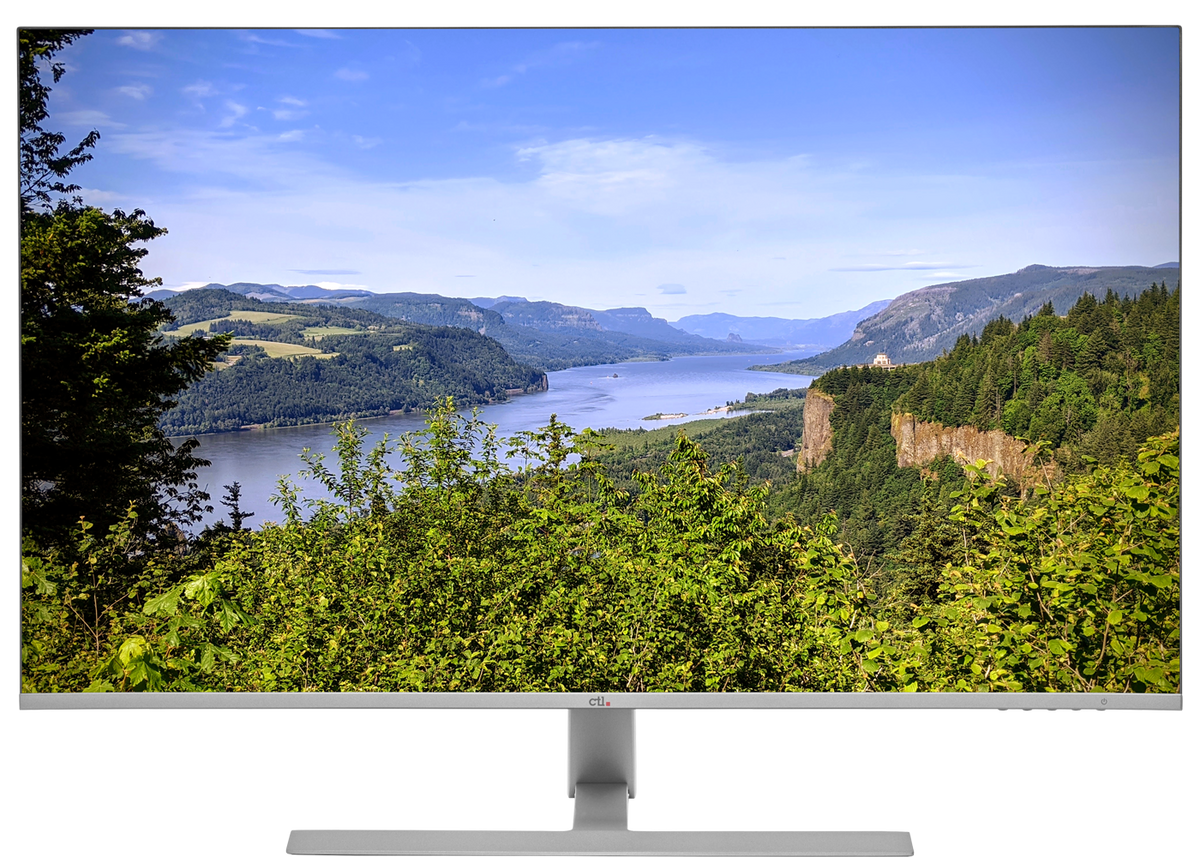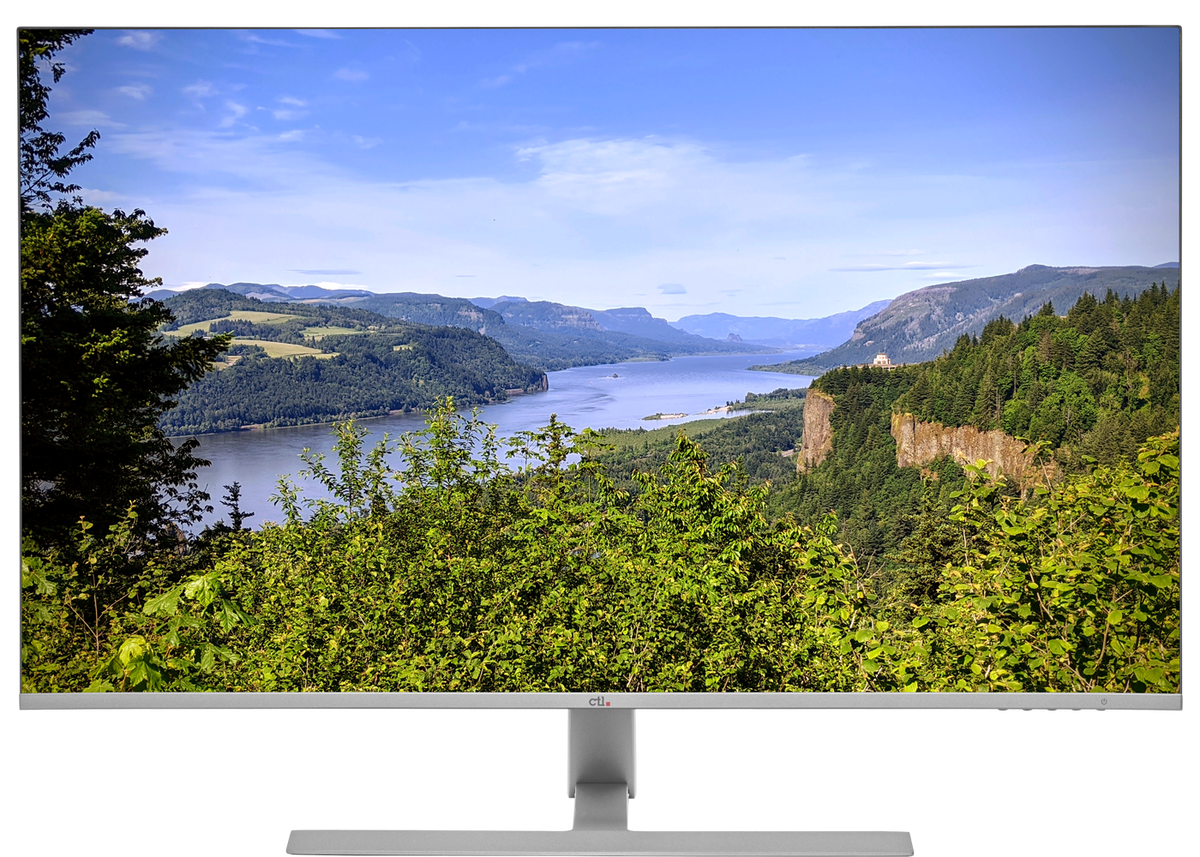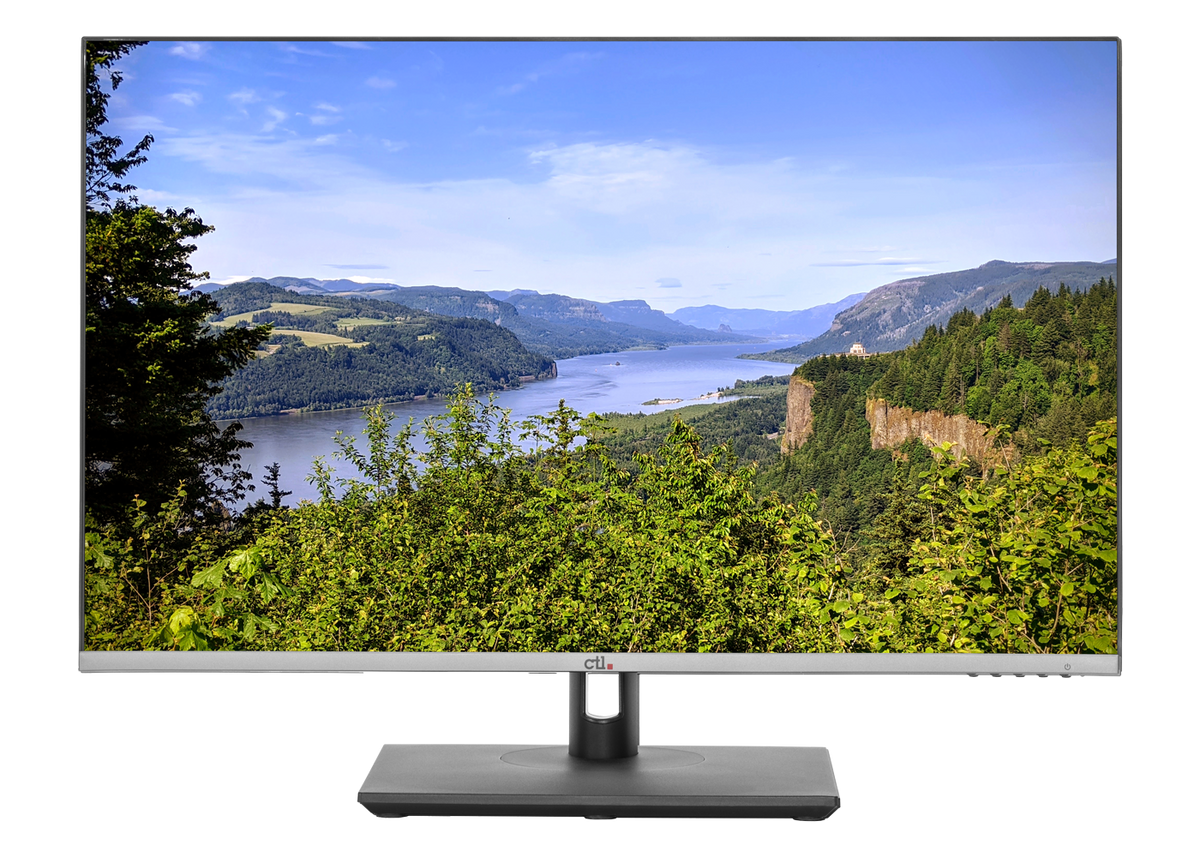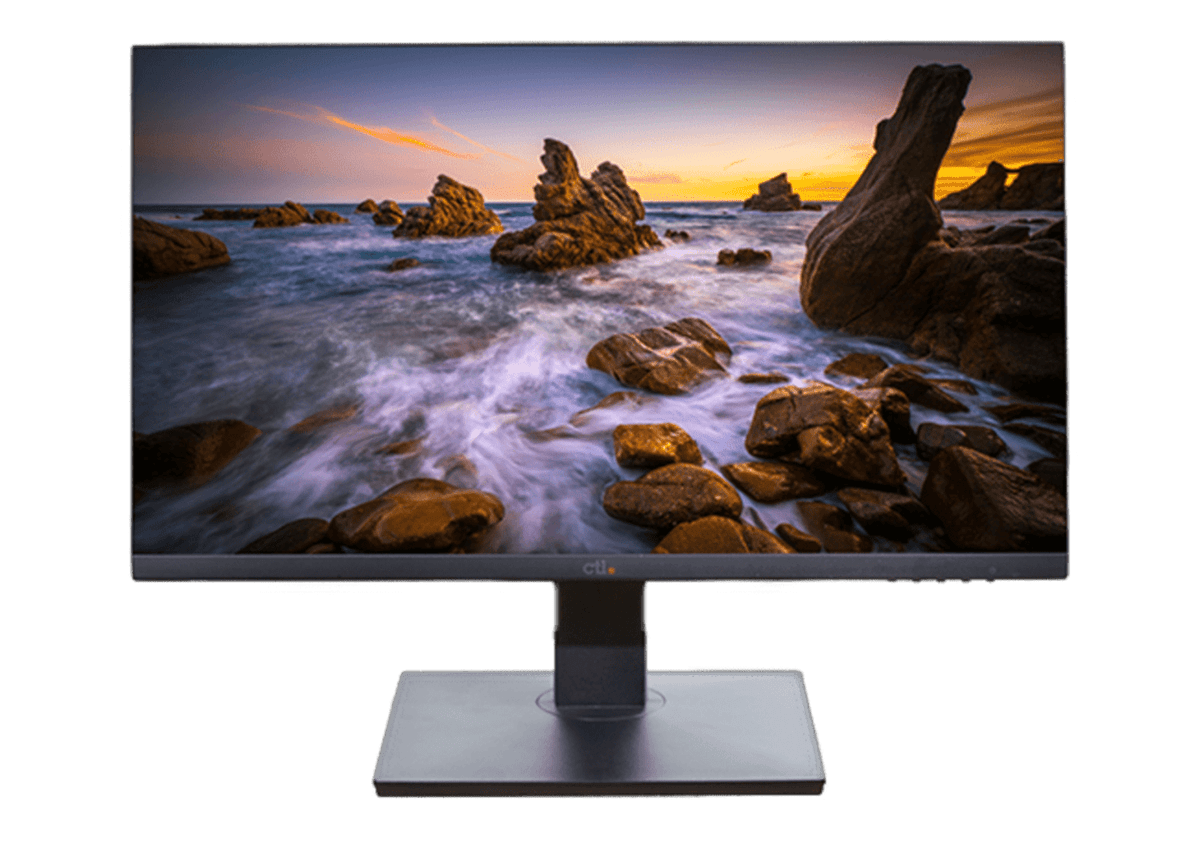 Chrome Unboxed | Guest Contributor
Chrome Unboxed | Guest Contributor
The evolution of 2-in-1 and tablet Chromebooks has exponentially expanded the versatility of Chrome OS devices but that doesn’t mean that touch-enabled displays and large trackpads are always beneficial to the user experience. In some instances, a user may have a Chromebook they love that just happens to have a touchscreen that they never wanted. Other Chromebook owners, such as a teacher, may use their devices to present content while the device is folded flat on a table and they want to have the ability to point out objects on the screen without actually interacting with the display.
While a touchpad, or trackpad, is a much more common feature on a laptop, the case can be made as to why you may want to disable this input device from time to time. Many users keep their devices docked and use an external mouse and trackpad while others may find a large trackpad an annoyance that gets in the way while typing. There’s nothing worse than sitting down to write long-form content just to find that you’ve inadvertently clicked out of your content or worse yet, off the page entirely simply because your palm tapped the trackpad.
Whatever the case, I assure you that you are not alone when you say, “I wish I could turn off my touchscreen” or “is there any way to disable my trackpad?” The simple answer is, unfortunately, “no.” Google does not have a default option in Chrome OS settings to disable either of these pieces of hardware. Thankfully, Chrome OS developers have a need for this option and the ability to disable your touchscreen or trackpad is as simple as enabling a single Chrome flag.
Chrome flags are “experimental” features that developers use to test upcoming features and tools in the Chrome browser and in ChromeOS but they also include special tools that devs can use specifically for testing devices. These types of tests are often referred to as “debugging” which means that they are used to help identify software and hardware issues on a test device.
For quite some time, ChromeOS has included one such flag that specifically allows you to disable and enable your touchscreen and trackpad with just a keyboard combination and we’re going to show you exactly how to enable and use this flag. First, you need to access the experimental flags page. Do so by opening your Chrome browser and typing chrome://flags in the URL bar. Hit enter and a new window will pop up with all of the available ChromeOS flags. Alternatively, you can use the Launcher key, a.k.a. Everything Button, and type chrome://flags in the search bar and hit enter. 
Warning: While many of the flags on this page are perfectly safe, some are very experimental and can result in poor performance on your device. Do not enable any flags unless you are fully aware of what they do and whether or not they are tested and stable. For our purposes, the flag to disable trackpads and touchpads is perfectly safe.
In the search bar at the top of the flags page, search for the term “debugging keyboard.” You should end up with a single result that is labeled #ash-debug-shortcuts. In the drop-down menu to the right, change the setting to enabled and you will be prompted to restart your browser. (If you have any work open, you’ll want to make sure it is saved.) Press the Restart button and wait a moment for your device to relaunch Chrome.
Now you’re ready to enable your hardware. To disable your trackpad, press Search+Shift+P. Your trackpad should now be disabled and will remain as such until you press Search+Shift+P again. To disable your touchscreen, press Search+Shift+T and then use the same key combo to turn your touch display back on. That’s it. You know have the power to enable and disable your touchscreen and touchpad at your whim. There’s no guarantee that this flag won’t go away in the future but for now, it’s a very useful tool for those that need it.
Steps
- Press the Launcher Key(Everything button) or open a browser tab
- Type chrome://flags
- Search for Debugging keyboard shortcuts
- Enable the flag
- Restart Chrome
- Press Search+Shift+T to disable or enable your touchscreen
- Press Search+Shift+P to disable or enable your touchpad/trackpad
By Chrome Unboxed | News, Updates, Unboxings
Chrome Unboxed is a popular online space for tech lovers to keep up with all things Chrome. Chrome Unboxed goes in depth with the latest news, updates and unboxings of the best existing technology products.
Today's digital world is accessible at the touch of your fingertips. From pressing the power button, to navigating the login screen and checking your battery percentage, touchscreen functionality offers us a convenient means of interaction with our technology. So it's important to understand touchscreen technology. For example, how to put touchscreen on your Chromebook or how to disable it. Although touchscreen functionality can be useful and is integrated well with the Google Chrome operating system, at times a simple touch pad or a Google mouse pad and mouse will suffice. In certain instances you don't want to touch your Chromebook screen. Whatever your personal opinion; whether for technical reasons or because your touchscreen has you screaming "don't touch my Chromebook!" our guest contributor, Chrome Unboxed, provides detailed instructions on how to disable the touchscreen in this article.

